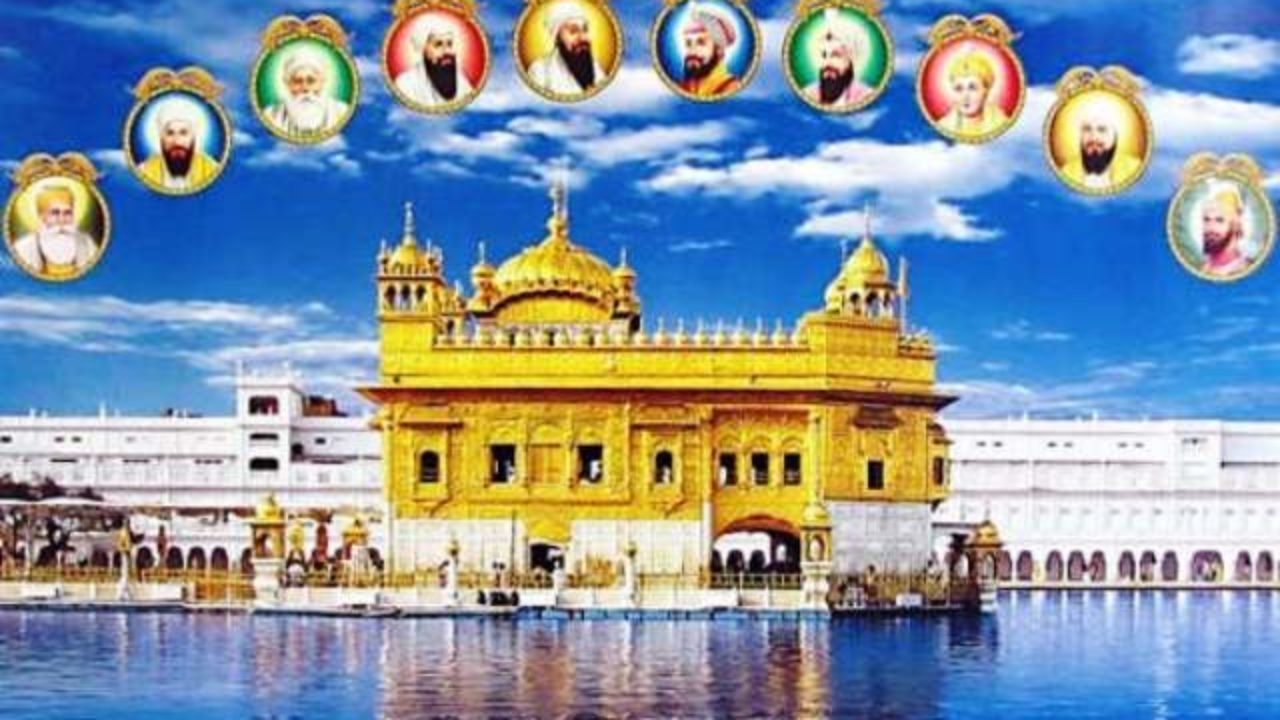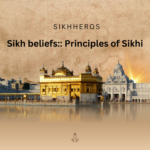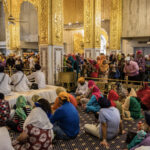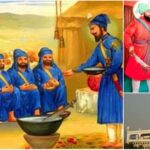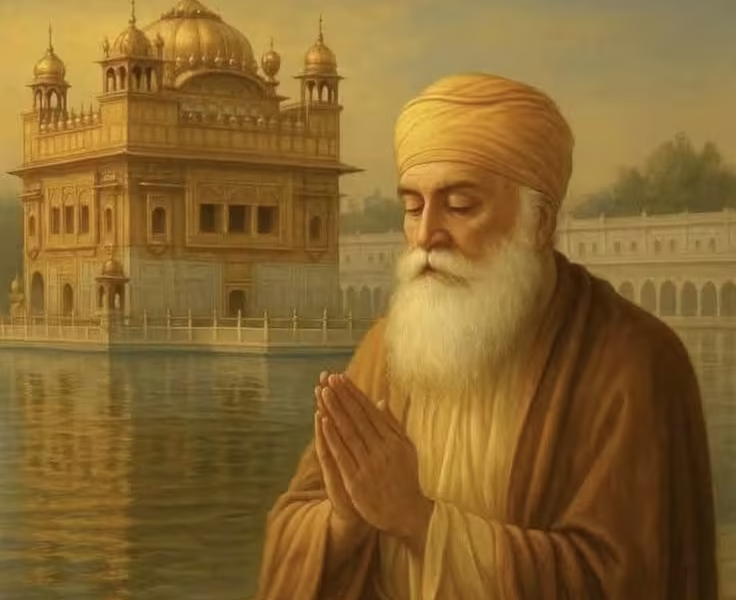Sikh simply signify as the seeker of truth. Sikh Dharma is a spiritual pathway for those who are looking to set up an enduring connection to the Divine truth within. Like all spiritual traditions, Sikh Dharma has its legacy and lineage, philosophies and guidelines, its Masters, history and its saints. But primarily, Sikh Dharma serves a down-to-earth spiritual pathway for every-day humans. It doesn’t matter what your spiritual inclination is. Or what background or culture you belong to. Any human can do these practices to support them experience their own Infinity and Divinity.
Sikhs strive to train the brain and the senses to acknowledge the Divine Light within oneself and within all of the creation and to be of services to others.
A Sikh lives a pretty normal life. married or Single. With kids or without. In social life and in working life, as Sikhs we are seeking to:
• Keep connected to a Divine in our heart with each breath
• Earn our living honestly and sharing what we earn with others
• View the interactions of daily life as chances to serve
History and Beliefs
The almost 25 million Sikhs worldwide add up to the fifth largest religion in the nation. Despite almost the million Sikhs living in North America, Sikhs are often confused as Muslims or Arabs. Sikhs arriving in North America in 1897 and play a pivotal role in the opening of the construction of the Panama Canal in 1904 and West. In 1906, Sikhs set up their first gurdwara, or temple, in the United States. 700,000 Canadians and Americans are Sikh and near way each major city has the Sikh place of community center and worship.
In 1699, the last living Sikh Guru and tenth, Guru Gobind Singh, summon his followers to the city of Anandpur in Punjab; over 80,000 came. As per to history, Guru Gobind Singh appearing before his people, flashed a naked sword, and demand up a head. He repeated his call until five Sikhs volunteering. These five individuals came from various chunks of India and from various castes. To these five, and subsequently to numerous others on that historic day, Guru Gobind Singh bestow a new discipline, a faith to his Sikhs. The Guru initiated these five in a new order of Khalsa and then, in a historic and dramatic gesture, they in turn start off him. On that day, he had given the Sikhs a unique identity which involves five articles of faith:
• unshorn hair as a present of God and Guru and the mark of Sikh identity
• a tiny comb for a hair
• a steel bracelet which signify a reality with no beginning and no end, and is symbolic of a Sikh’s commitment to the ideals of his faith, much as wedding ring might indicate identity and fealty
• an sword indicative of commitment and resolve to justice, and
• knee-length breeches in keeping with a disciplined life-style of the Sikh
• For a past 300 years, male Sikhs have been easy way recognized by the long unshorn hair covered with the turban. Notably, in traditional Indian society only males of higher caste or the elite, ruling class wore turbans. In requiring all Sikhs to donning turbans, Guru Gobind Singh visualized all individuals as noble. Sikh women adhere to the similar life style, symbols, conduct and rules, but relatively few selected to wear turbans. Young Sikh boys, instead of wearing a turban, often cover up their uncut hair, which is tied in a top-knot, with a fabric simple piece.
• Along with the already mentioned physical identifiers, Guru Gobind Singh went further in differentiate Sikhs. In Indian society, an individual’s name reveals one’s social status and caste. Guru Gobind Singh freed Sikhs from rigid caste system by order all Sikh males adopt the surname Singh, meaning a lion, and women utilize the surname Kaur signify princess, thus shed their caste identity. Each year, Sikhs celebrating the historic events of Vaisakhi 1699 and worldwide commemorate as a milestone in Sikh history when Guru Gobind Singh decreed the Khalsa formation and fashion up the nation of Sikhs.
Sikhism is a practical religion and Sikhs are a pragmatic humans. The emphasis is on a leading a worldly, successful life as the householder and a contributing society member, but with the brain attuned to an awareness of Almighty. Sikhism rejected all distinctions based on caste, creed, color, gender, national origin or race. For Sikhs, Almighty is not found in isolation or by renouncing the nation, but is attained as member of one’s community and an active family member. The word “Sikh” denotes student. The core values of Sikhism are derived from three equally significant tenets: an honest day’s work and an honest living, sharing with others what Almighty and life have given, and live the life fully with an consciousness of the divine within each of us.
